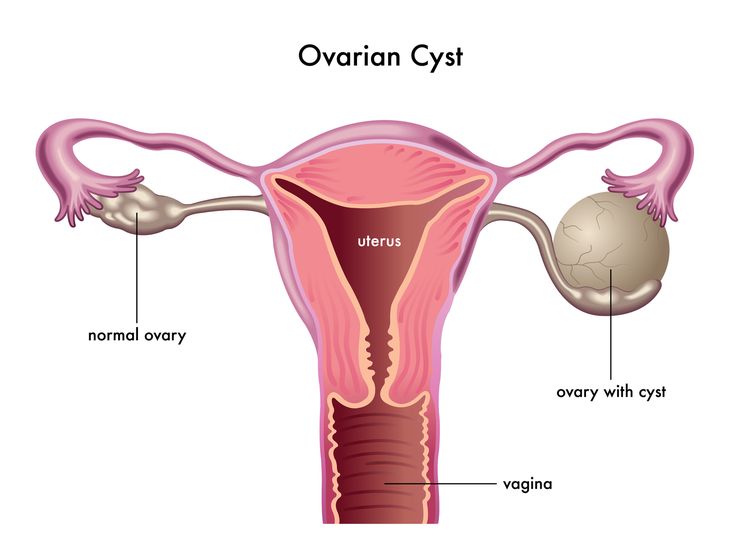
PELVIC INFLAMMATORY DISEASE
Pelvic Inflammatory Disease commonly known as PID is a disease caused due to the infection of the female reproductive organs. To understand the condition better, we need to understand the anatomy of the female reproductive system. The pelvis is in the lower abdomen and consists of several organs such as the fallopian tubes, the cervix, the ovaries and the uterus.
PID usually occurs as a complication of sexually transmitted diseases (STD). When bacteria causing sexually transmitted diseases spread to the pelvic area it results in Pelvic Inflammatory Disease. PID can cause irreversible damage to the fallopian tubes, the cervix, the ovaries and the uterus. Several bacteria can cause PID, but in most cases the disease is caused due to the same bacteria which are responsible for gonorrhoea and chlamydia.
RISK FACTORS
Most of the factors which increase the risk of PID are related to lifestyle
Risk factors related to lifestyle :
- Having intercourse under the age of 25
- Having multiple sexual partners
- Having sex without protection (condom)
Other factors include :
- Medical history of PID
- Use of intrauterine device
SYMPTOMS
Some women may not experience any symptoms at all, while some may experience the following symptoms
Symptoms based on reproductive system
- Pain in the lower abdomen
- Pain in the upper abdomen
- Painful intercourse
- Painful urination
- Irregular bleeding
- Increased or foul-smelling vaginal discharge
Other symptoms which may lead to pain include :
- extreme pain in the abdomen
- vomiting & nausea
- high fever
CAUSES
Most of the cases of PID are caused by Chlamydia and Gonorrhoea. When the bacteria causing these diseases enter the pelvic area. The cervix (mouth of the uterus) generally stops bacteria that cause these diseases, from entering pelvic area. But when the cervix is exposed to bacteria, its ability to prevent bacteria from spreading beyond the cervix also diminishes. Therefore, Chlamydia and Gonorrhoea when left untreated can result in PID.
Although 90% of the cases of PID occur due to Chlamydia and Gonorrhoea, there are some other causes:
- Abortion,
- Childbirth
- Previous pelvic procedures.
DIAGNOSIS
Based on the symptoms the doctor may ascertain PID with the help of an ultrasound, endometrial biopsy or laparoscopy:
- Ultrasound : Ultrasound is an imaging technique in which the doctor uses a transducer to examine the internal organs of the patient.
- Endometrial Biopsy :During an endometrial biopsy, the doctor removes a sample of the endometrium tissue.
- Laparoscopy : Laparoscopy is a surgical procedure in which the surgeon accesses the stomach from inside using a small & lighted instrument known as the laparoscope. The laparoscope is inserted through small incisions made near the abdomen area. The size of the incision is around 5-15 millimeters.
TREATMENT
Treatment of PID depends on the severity of the case. Based on the severity of the case the doctor recommend intake of antibiotics or surgery.
- Antibiotics : For mild cases of PID the doctor may administer antibiotics. Initially the antibiotics may be administered orally, but if that is not effective then the doctor may combine oral medication with intravenous medication.If one is diagnosed with PID, it’s advisable for the partner/s of that person to undergo diagnosis and treatment.
- Surgery : PID can lead to formation of abscess(collection of pus). In such cases antibiotics are not useful. In such cases surgery is required for treatment. A laparoscopy or laparotomy may be performed in order to remove the abscess. If the abscess is formed on the ovaries or uterus then hysterectomy (removal of the uterus) or oophorectomy (removal of the ovaries) maybe performed.
